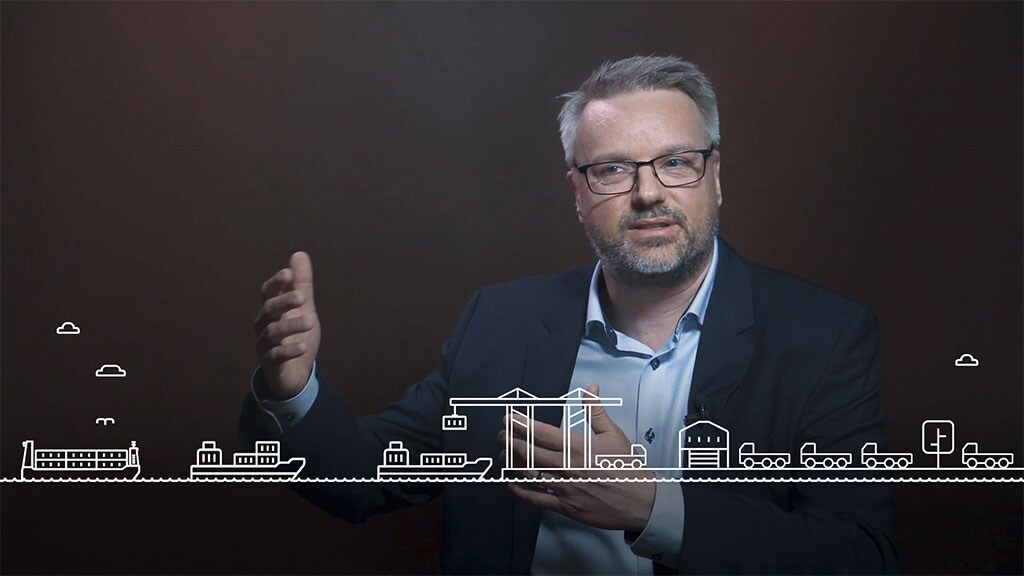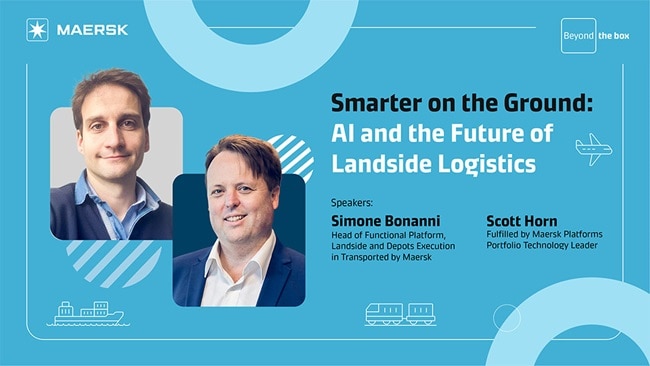VIDEO: 140,000 small dots - how data create ocean efficiency

Normally the fastest route between two ports would be a straight line. But what if that straight line is filled with bad weather, danger, and other hazards? And how would you know? Through the collection of data your logistics supplier can plan the most efficient route; steering clear of thunder strikes, troublesome waves, and even pods of whales. Data is collected through 140.000 points all around the vessel, collecting more than a whopping two terabytes of data to be analysed and used for machine learning to constantly optimise route planning.
Data can create efficiencies
By finding a more efficient route utilising data not only can delivery times be improved, but less fuel can be consumed, making the route more affordable.
And if this wasn’t enough, these efficiencies can create a ripple effect across the entire network. Usually ships have a certain slot-time, when they need to dock and have their goods unloaded to trucks or a train. If a ship is delayed, this can create queues not only at sea, but also in the ports and at warehouses. Data can help predict when a ship is ready to dock, providing visibility to mitigate irregularities and help plan the links of the supply chain better.
行业内部人士分享独到见解
Explore more on these topics
相关文章
查看所有见解未来,您想随时了解必读行业趋势吗?
您已经完成了,欢迎“登船”!
很抱歉,发送您的联系请求时出现问题。
请查看表单字段,确保所有已正确填写所有必填信息。如果问题仍然存在,请联系我们的支持团队以获得进一步的帮助。
未来,您想随时了解必读行业趋势吗?
使用此表格注册,即可直接在您的邮箱中接收我们的洞察见解,进入一个真正的综合物流世界。简单操作,即从我们为您量身定做的精选文章中获得启发,了解相关行业洞察信息。您可以随时取消订阅。












